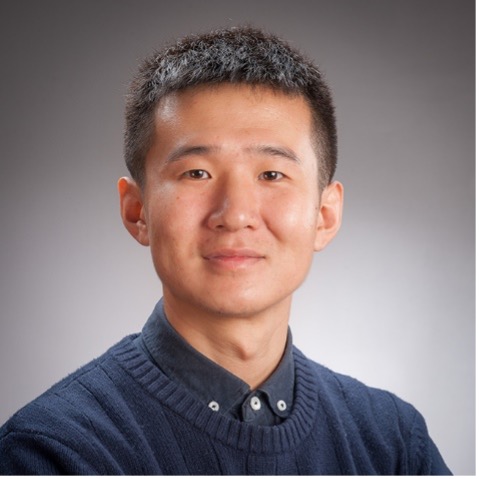

Speaker: Ya-Hui Jia, Assistant Professor, School of Future Technology, South China University of Technology, China
Date: 28 April 2022
Time: 3:00 - 4:00pm (Beijing Time, UTC+8)

Dr. Ya-Hui Jia is currently an Assistant Professor at the School of Future Technology, South China University of Technology, Guangzhou, Guandong, China. He received his BSc and PhD degrees from Sun Yat-sen University in 2013 and 2019, respectively. He worked at Victoria University of Wellington from 2019 to 2021 as a postdoctoral researcher. His research interests include evolutionary computation and learning in large-scale optimization and combinatorial optimization. He has published 15 papers including 10 top journal papers on TEVC, TCYB, and TSMC. He serves as a member of the IEEE CIS Task Force on Evolutionary Scheduling and Combinatorial Optimization, and a reviewer of several top journals including TEVC, TCYB, TNNLS, TAI, and TSMC.
Routing (path planning) problems widely exist in real-world applications, such as food delivery, logistics system, and bus scheduling. Although some classical routing problems like traveling salesman problem and vehicle routing problem have been studied for decades, the constantly emerging new applications and the NP-hard nature keep routing problems being a frontier topic in many research fields, such as operations research, machine learning, and evolutionary computation (EC). Inspired by the foraging behavior of ant colony, Dorigo et al. proposed the Ant Colony Optimization (ACO) algorithm in 1992 to solve the traveling salesman problem. After years of development, many variants of ACO have been proposed and ACO has become the one of the main EC algorithms for solving discrete optimization problems. However, for many new routing problems, it is hard to directly apply the ACO algorithm due to the special constraints or problem structures. In this webinar, we will discuss how to innovate on the basis of ACO to solve these complex routing problems by demonstrating two of our new work, ACO for electric vehicle routing problem and multi-robot routing problem.
Back to the Webinar Series